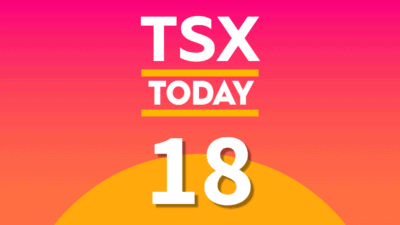HMV Canada announced January 27 that it was closing all 102 stores over the next few months, going out of business after more than 30 years in Canada. Owing $56 million to record companies and other suppliers, receivership was the only course of action.
Bankruptcy has become a familiar refrain across North America as retailers on both sides of the borders cope with a retail environment that includes too many stores and a poorly executed omnichannel shopping experience.
To make matters worse, consumers are shopping the high and low price points while abandoning the middle, and that has malls everywhere scrambling to fill empty spaces.
In terms of square feet, the U.S. has the most per capita at 23.5, followed by Canada at 16.4, and Australia at 11.1. It’s estimated that at least 200 malls in the U.S. could close as a result of Sears’s ongoing death spiral. Here in Canada, Jean Machine filed for bankruptcy protection in early January; they’ve got 33 stores across Ontario serving the middle-market denim business.
“We expect to see more follow suit,” Susan McGibbon, co-founder of retail consultancy Three Sixty Collective, recently told the Globe and Mail. “Many retailers are just not realizing that they need to be fresh, differentiated, engaging and relevant.”
There’s no doubt that’s a part of it. However, the Melanie Lyne’s of the world should have seen it coming as soon as Mercedes and BMW’s started showing up in Wal-Mart parking lots. People want low prices for some things and higher quality for others; those in the middle are disappearing because they provide neither.
So, there are three ways to play retail’s disappearing middle.
Go high
It’s unfortunate, but there used to be an ETF in the U.S. called the Robb Report Global Luxury Index ETF — a fund that invested in luxury names like Hermes, BMW, and Wynn Resorts. It was launched in 2007 and wound up at the end of 2010 with $17 million in assets at the time of liquidation. Its performance over its three-year history was above-average, providing investors with a geographically diverse, non-correlated to retail, 32-stock portfolio.
Today, with Canadian consumers going high and low but rarely in the middle, this type of ETF would be an excellent hedge against the bankruptcy trend we are now experiencing.
There’s only one stock to own on this front, and it’s Hudson’s Bay Co. (TSX:HBC). Yes, it’s a scary stock with slowing sales, but I believe it will be one of the department store survivors in North America, in large part because its majority owner, Richard Baker, understands real estate and retail better than Sears’s Eddie Lampert ever did. Plus, its price points are much higher, keeping it away from the dreaded middle.
However, you don’t want to own its stock if you can’t handle risk.
Go low
Here you’ve got a couple of choices.
On the momentum front, Dollarama Inc. (TSX:DOL) is the obvious option, despite a P/E ratio that’s approaching 30. It’s been experimenting with higher price points for some of its products — $4 at the high end — and for the most part, it’s been working, keeping revenues and profits growing.
A value play worth considering is North West Company Inc. (TSX:NWC), which, in addition to its general stores in remote parts of Canada, has the Giant Tiger franchise for western Canada. That will be a big part of its future growth.
Paying a 4.2% yield, it’s a good inflation protector that will benefit from Canadians’ desire for cheap prices.
Go south
The shakeout in the athleisure market is already starting to happen. In late December, New York’s Yogasmoga filed for bankruptcy with upwards of 99 creditors owing US$3.2 million. Originally online only, it started opening brick and mortar stores in 2015. It grew too fast and finished 2016 with 10 physical locations.
Lululemon Athletica Inc. (NASDAQ:LULU) is still, hands down, in my opinion, the best athleisure company in a crowded industry that’s estimated at US$97 billion annually. Yogasmoga’s exit, while partially a lack of capital, also signals more carnage will happen in 2017 and beyond.
You want to own quality. LULU is that.








